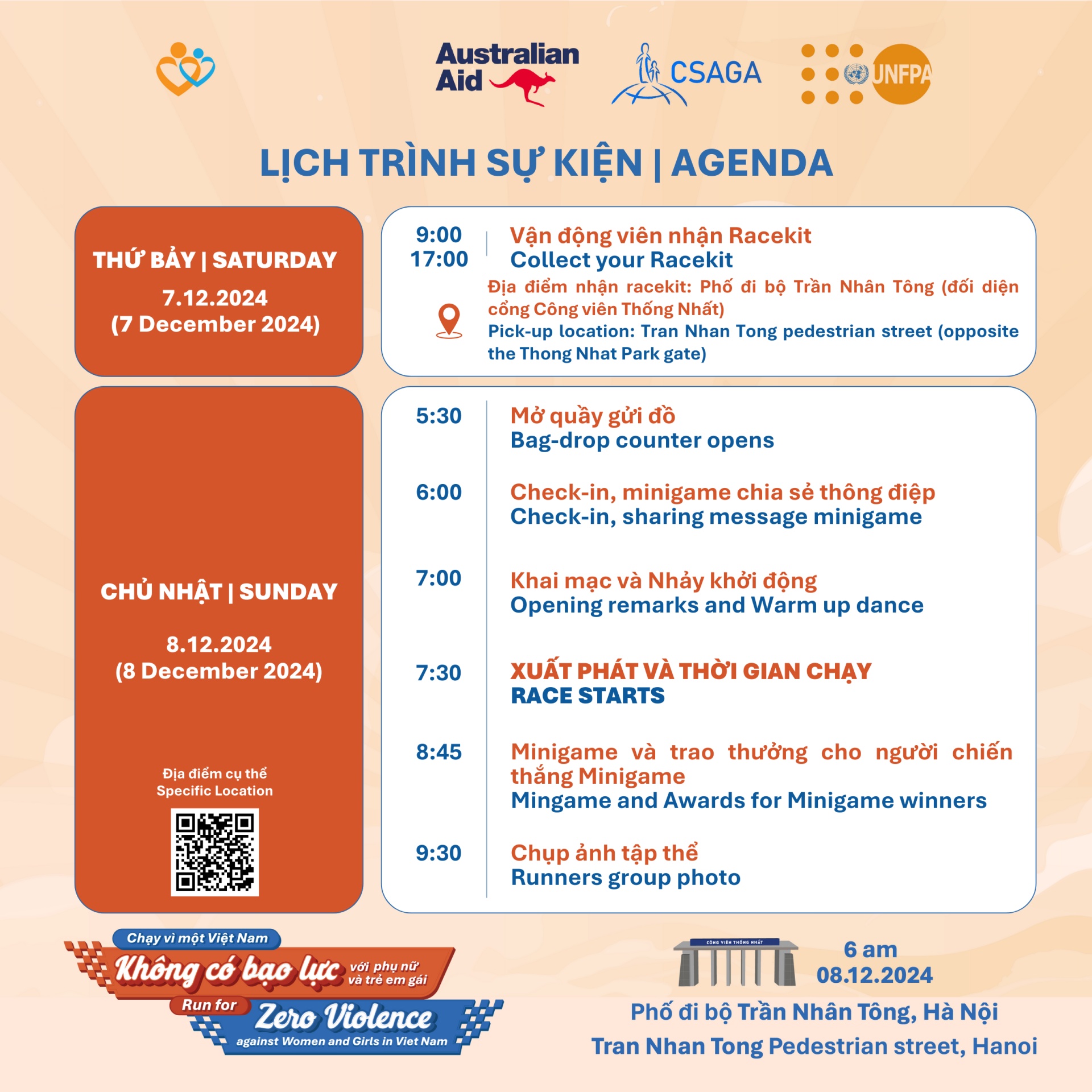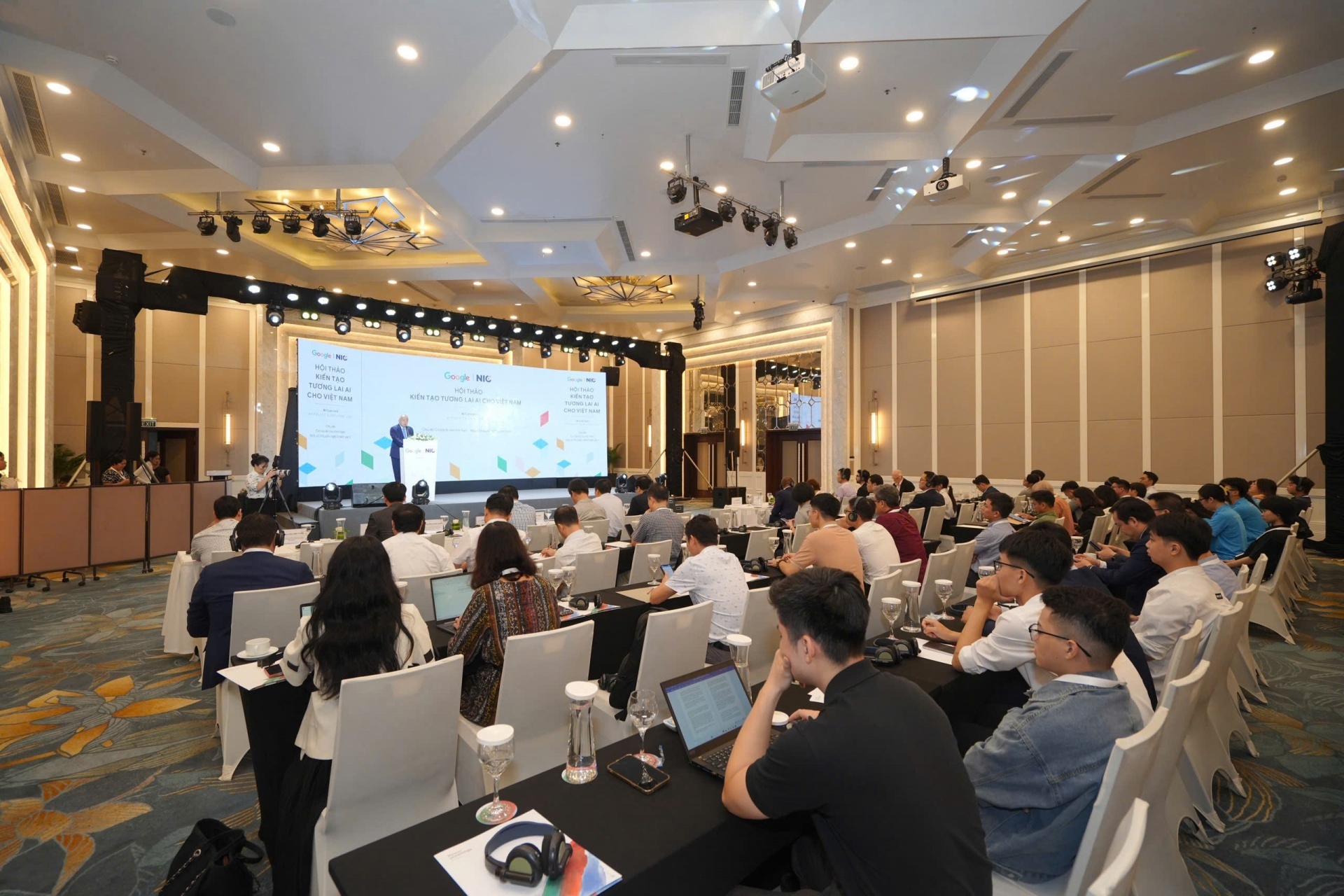Partial solar eclipse observed in Ho Chi Minh City

The solar eclipse began at 6:35 am, reached its peak of 52 percent at exactly 7:34 am, and ended at 8:35 am.
Solar eclipses occur when the Moon passes between the Sun and Earth, fully or partially blocking the Sun, and can happen only at new moon, when the Sun and the Moon are in alignment. In partial eclipses, only part of the Sun is obscured.
The weather in Ho Chi Minh City this morning was ideal for solar eclipse observation, producing a clear and cloudless sky.
Astronomy and photography enthusiasts flocked to high grounds in District 1, District 2 and District 7 to observe the rare phenomenon, joined by the media and curious passers-by.

Astronomy and photography enthusiasts gather on the bank of the Saigon River in District 1 to observe and take photos of the partial solar eclipse in Ho Chi Minh City, March 9, 2016. Photo: Tuoi Tre
The partial solar eclipse was the fullest observable solar event in Ho Chi Minh City since the total solar eclipse on October 24, 1995.
Apart from Vietnam, the partial solar eclipse was also visible across the Pacific Ocean, parts of Australia, and in Southern and Eastern Asia, while a total solar eclipse could be seen from parts of Indonesia, according to the National Aeronautics and Space Administration (NASA).
Have a look at some photos of the eclipse taken by Tuoi Tre’s reporters:

A partial solar eclipse as observed at 6:50 am in Ho Chi Minh City on March 9, 2016. Photo: Tuoi Tre

The peak of the eclipse as observed at 7:34 am in Ho Chi Minh City on March 9, 2016. Photo: Tuoi Tre

The partial solar eclipse is seen ‘retreating’ after reaching its peak in Ho Chi Minh City on March 9, 2016. Photo: Tuoi Tre

The partial solar eclipse ended at 8:35 am in Ho Chi Minh City on March 9, 2016. Photo: Tuoi Tre
What the stars mean:
★ Poor ★ ★ Promising ★★★ Good ★★★★ Very good ★★★★★ Exceptional
Latest News
More News
- Hanoi to restrict polluting vehicles across key districts (November 04, 2024 | 16:29)
- Hoan My Medical Group launches breast cancer screening to support community health (November 02, 2024 | 10:56)
- Vietnamese students explore the future at STEAMese Festival (October 28, 2024 | 16:55)
- Honouring ‘Green Warriors’ on Vietnamese Women’s Day (October 21, 2024 | 15:16)
- Swing for the Kids charity golf tournament kicks off (October 13, 2024 | 09:00)
- Swing for the Kids 2024 tees up opportunities for Vietnam's youth (October 12, 2024 | 10:00)
- HCM City approves 9 billion-USD Can Gio coastal urban development project (October 08, 2024 | 15:56)
- Nha Trang Bay submarine services pilot programme extended to next March (October 08, 2024 | 15:45)
- Swing for the Kids scholarship motivated by beneficiary’s kindness and maturity (October 08, 2024 | 12:35)
- Inflation takes focus to circumvent typhoon impact (October 04, 2024 | 17:06)


















 Mobile Version
Mobile Version